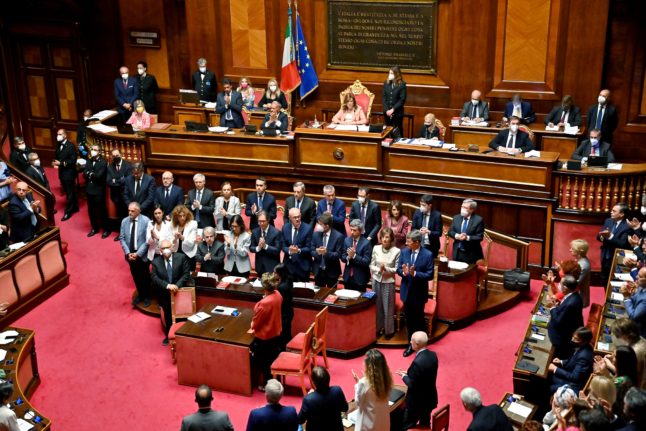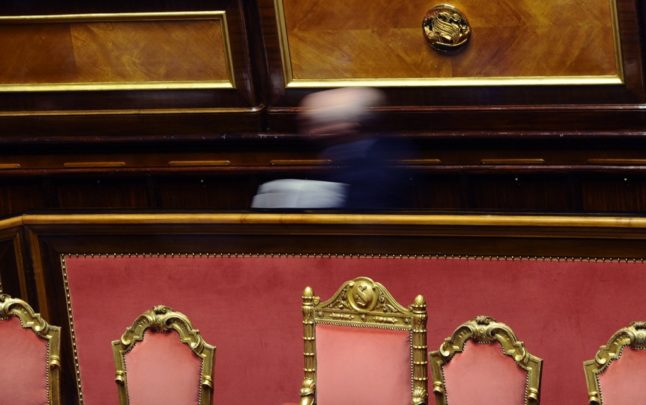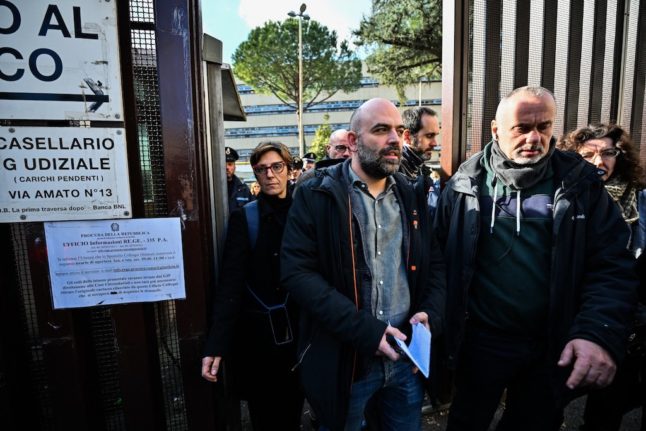Prime Minister Mario Draghi has resigned and Italy now faces early elections thanks to a political crisis that, until just over a week ago, no one was really talking about.
But Draghi’s downfall didn’t come as a complete shock to the Italian electorate.
The writing had been on the wall for the country’s government for weeks, if not months: a crisis has long been threatening to erupt due to tensions within the Five Star Movement – a major partner within the coalition – which came to a head in June when the party split.
Draghi had repeatedly warned that there would be “no government without Five Star”, and when the party pulled its support last week he immediately said he’d resign.
Still, many observers expressed surprise at the timing. Why now? Why trigger the collapse of the government right before the summer recess?
But if you’d thought Italy’s politicians might be too busy building sandcastles or packing suitcases to stab each other in the back at this time of year, you thought wrong.
Italy’s parliamentary summer break officially runs throughout August until early September, even if it’s not unheard of for lawmakers to go away in July too. And yet, the height of summer is a common time of year for Italian governments to implode.
TIMELINE: What happens next in Italy’s government crisis?
Often, as was the case when the ‘Conte 2’ government was created after ‘Conte 1’ fell apart in August 2019, a new administration is quickly formed from the ashes of the old one to see the country through until at least autumn.
This is such a common phenomenon that it’s referred to in Italian political discourse, only half-jokingly, as a governo balneare, or ‘seaside government’ – one that allows most MPs to stay at the beach with their families, rather than having to return to sweltering Rome to vote.
But summer won’t be saved by a governo balneare this time. The president is set to announce early elections; probably for late September or early October, since there’s little chance they’d be held during August, when the country all but shuts down.
So politicians’ holidays won’t be cut short – though they will no doubt be overshadowed by looming campaign preparations, while for voters it will be yet another summer marred by political and economic uncertainty.
In Italy, few people seem truly surprised by the events of the past week. There’s a sense of inevitability – though that’s not to say voters don’t find it all tiresome, or infuriating.
Considering it’s been more than 17 months since Draghi was sworn in, some might even say a change of administration seems overdue by Italian political standards.

Italy is of course no stranger to political instability. The country has had 14 prime ministers and 19 different governments in the last 30 years. That’s a new prime minister almost every two years on average and a new government every 18 months.
To observers outside of the country these numbers can seem incredible, and the Italian political system may understandably appear chaotic and out of control.
But if you look at the way Italy’s parliamentary democracy is built, you begin to see that such apparent precariousness and unpredictability is more of a feature than a bug.
We have a detailed explanation of how the system works (and why it leads to regular government implosions) here.
But the most important thing to know is that, after a major political shake-up in the early 90s, Italy today has an unusually large number of parties for voters to choose from – rather than the sort of entrenched two-party system seen in countries like the US or UK.
With the vote inevitably split many different ways, it’s usually impossible for one party, or even a coalition (for example, a left- or right-wing alliance) to secure enough seats to govern alone.
READ ALSO: Why do Italy’s governments collapse so often?
Instead, parties must work together to get into power. That’s why Italy is so often ruled by grand coalitions, or a group of parties which join together after the vote – even though they may not be natural allies.
It’s not hard to imagine why such coalitions often have a hard time agreeing on legislation, and often end up in disagreements that lead to government collapse.
Under Italian rules, parties within these coalitions can pull out at will – even if, as the tiny Italia Viva party demonstrated in 2021, they represent only a minority of MPs.
That leaves governments vulnerable to blow-ups and opportunism, as junior partners seek more influence or cabinet positions by threatening to pull the plug on the entire administration, and in some cases following through.
Draghi’s ‘government of unity’ was one of the grandest coalitions of all, encompassing almost every major party – other than the far-right Brothers of Italy – when it was formed in February 2021 to see the country through the pandemic and economic crisis and prevent snap elections following the last government collapse.
With so many partners involved, the only real surprise was that Draghi’s government lasted as long as it did.



 Please whitelist us to continue reading.
Please whitelist us to continue reading.
Member comments